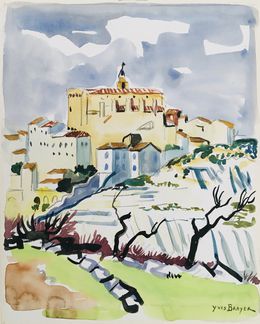
Presentation
Born in 1907 in Versailles and died in 1990 in Paris, Yves Brayer spent most of his childhood in Bourges. When he moved to Paris in 1924, he studied at the Academy of Montparnasse and at the School of Fine Arts. From his first years of studies, he exhibited his work at the Salon d'Automne and at the Salon des Indépendants. He then obtained a scholarship by the state which allowed him to go to Spain, where he made a major discovery, the work of the big masters at the Museum of Prado. He never stop travelling all throughout his life, always keeping Paris as his homeport.
Yves Brayer's approach is undertandable in the historical context in which he evolved. He belongs to a group of artists who between the two wars, needed to keep a strong link with reality, hence the pictorial trends that emerged at the beginning of the 20th century. If the artist can not be attached to any particular movement, he approaches the New Realism movement. His work which goes through the twentieth century is marked by richness and diversity. Painting was his first love. He has a real fascination for mediterranean landscapes, of a pure and wild nature. Particularly, landscapes of Provence and Camargue, which is like a Garden of Eden for the artist. In parallel to his activity as a painter, he designed sets and costumes for the opera, practiced illustration, engraving and mural decoration.
His particular exhibitions has built him a name in numerous countries such as France, as well as in other countries in Europe and in the United States. The National Library presented "Yves Brayer, Engraver" in 1977 for its seventieth anniversary, and the Postal Museum dedicated an exhibition to his work for the publication of a stamp he was asked to do in 1978. The Museum Yves Brayer was inagurated in 1991 in Baux-de-Provence.
Filter by :

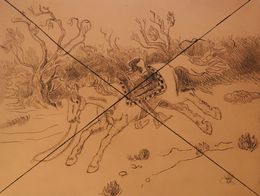
Quand les mystères sont très malins
Yves Brayer
Print - 22.5 x 30.5 x 0.1 cm Print - 8.9 x 12 x 0 inch
$954

La Masque
Yves Brayer
Fine Art Drawings - 24 x 18.5 x 0.3 cm Fine Art Drawings - 9.4 x 7.3 x 0.1 inch
$965
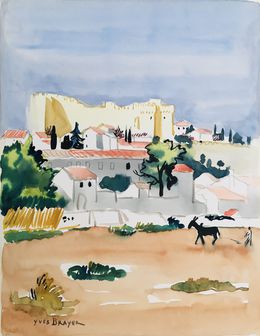
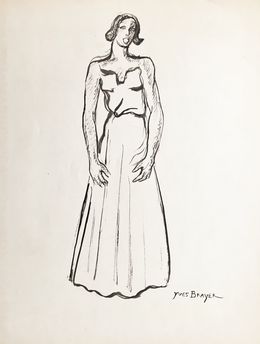

Au Grand Radeau
Yves Brayer
Fine Art Drawings - 20.5 x 29.5 cm Fine Art Drawings - 8.1 x 11.6 inch
$841
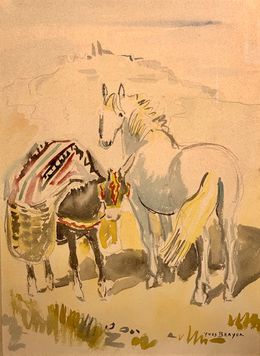
Ane et cheval en Provence
Yves Brayer
Painting - 37 x 28 x 1 cm Painting - 14.6 x 11 x 0.4 inch
$1,571

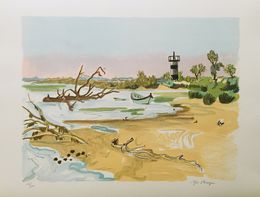

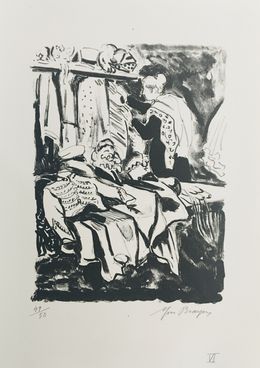



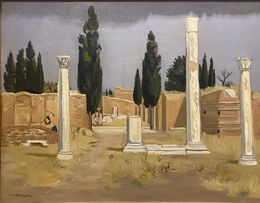
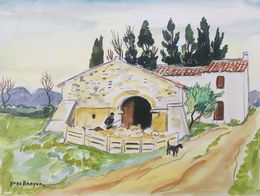
Bergerie en Provence, Le Destet
Yves Brayer
Painting - 20.3 x 26.8 cm Painting - 8 x 10.6 inch
$1,963
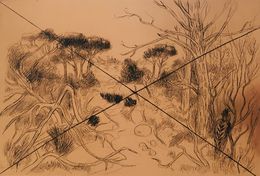
Quand les mystères sont très malins IV
Yves Brayer
Print - 20.5 x 30.5 x 0.1 cm Print - 8.1 x 12 x 0 inch
$954

Quand les mystères sont très malins III
Yves Brayer
Print - 18.5 x 30.5 x 0.1 cm Print - 7.3 x 12 x 0 inch
$954
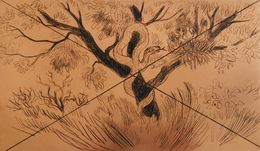
Quand les mystères sont très malins II
Yves Brayer
Print - 18 x 30.5 x 0.1 cm Print - 7.1 x 12 x 0 inch
$954

Scène de corrida
Yves Brayer
Fine Art Drawings - 24.4 x 31.3 cm Fine Art Drawings - 9.6 x 12.3 inch
$898
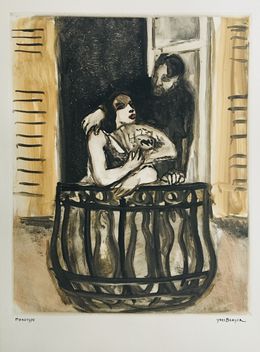




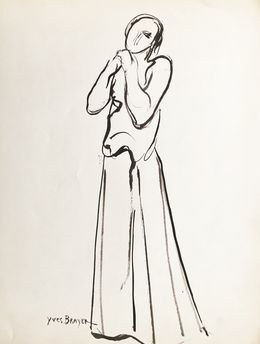

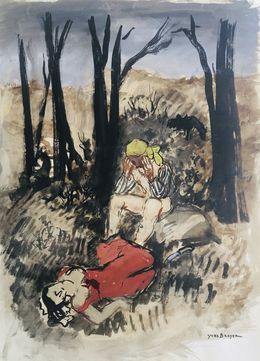
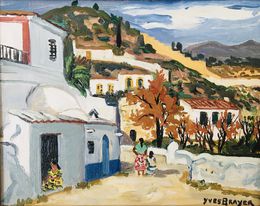
Quartier de l'Albacin, Grenade
Yves Brayer
Painting - 19 x 24 x 2.5 cm Painting - 7.5 x 9.4 x 1 inch
$6,170


Corrida aux Saintes-Maries-de-la-Mer
Yves Brayer
Print - 49.5 x 64.5 cm Print - 19.5 x 25.4 inch
$449

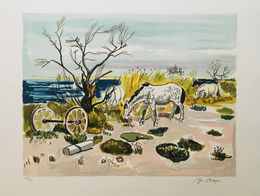
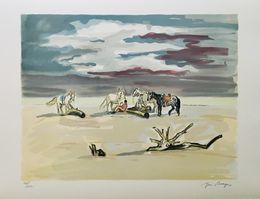
Le repos des cavaliers sur la plage
Yves Brayer
Print - 49.5 x 64.5 cm Print - 19.5 x 25.4 inch
$449
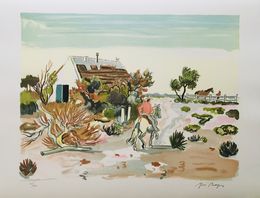
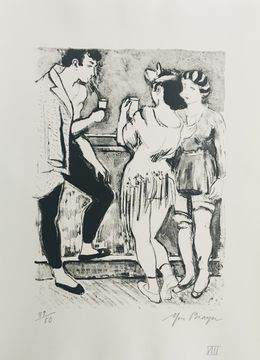
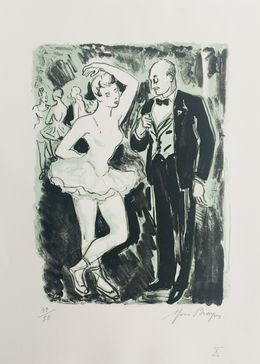
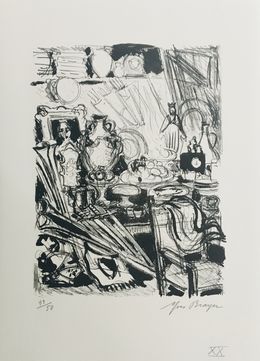

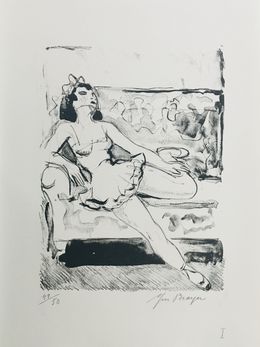
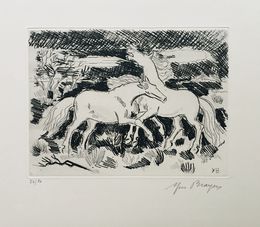

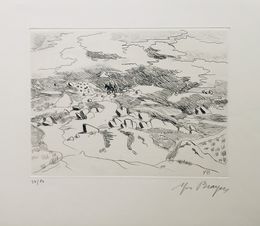
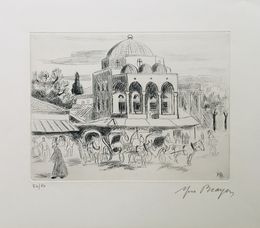


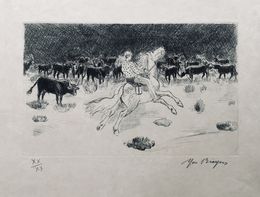


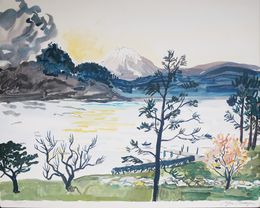

Lithographie originale de Yves Brayer
Yves Brayer
Print - 54 x 57 x 0.3 cm Print - 21.3 x 22.4 x 0.1 inch
$280
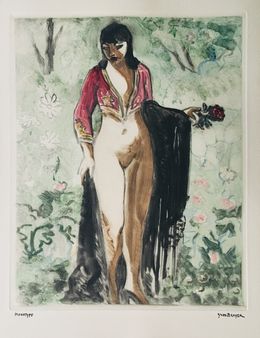



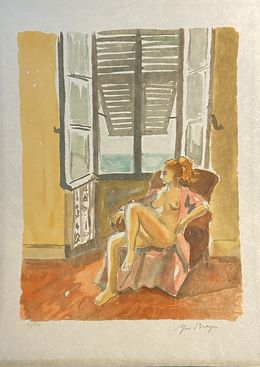
Lithographie originale de Yves Brayer
Yves Brayer
Print - 76 x 56 x 0.3 cm Print - 29.9 x 22 x 0.1 inch
$280
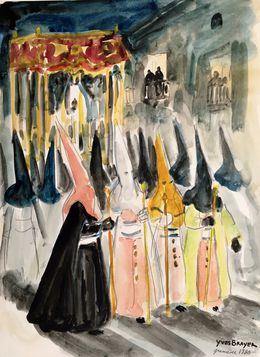


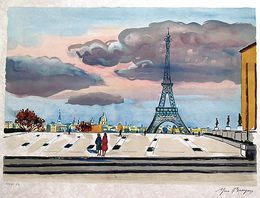
Discover our selections of works by artists
Famous Illustrators
Comic Artists
Classically-Inspired Illustrative Artists
Contemporary Illustration
Black and White Portraits
Painters
Printmakers Artists
Draughtsmen Artists
French artists
What are their 3 main works?
What is Yves Brayer’s artistic movement?
When was Yves Brayer born?
